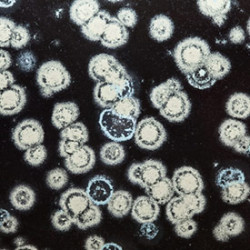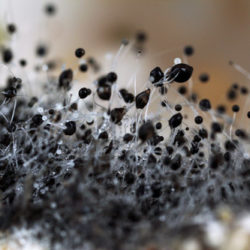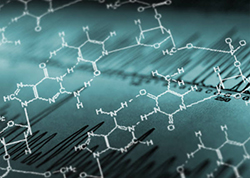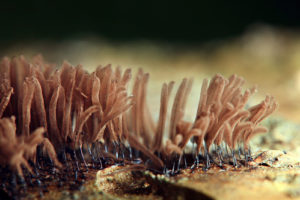Inhalation of Mold and Dust – a Health Hazard

Inhaled Mold Spores Can Be Detrimental to Health
Big things come in small packages, and that applies to health risks as well. Dust and mold spores may not be visible to the naked eye, but they can have a serious impact on your physical well-being. Why do these microscopic particles create such a threat?
Mold Spores: Small but Mighty
Even the largest mold spores measure only 40 microns. In comparison, a human hair ranges from 100 to 150 microns. At that size, it’s easy for spores to slip past the natural filtering in your nasal passages, causing irritation to your upper respiratory system that triggers allergic reactions.
People who don’t generally suffer from allergies can still experience mild symptoms, such as wheezing and a runny nose, but the more sensitive an individual is, the more serious the effects. Reactions can range from chronic sinus infections to asthma attacks as well as lung infections in people with compromised immune systems.
Dangers of Dust in the Air
Dust is always present in the air, but treatments like traditional mold remediation can aggravate their presence. When building materials are removed, chemical vapors, silica particles and other irritants are released to combine with existing dust motes. Such disturbances also stir up mold spores that are dispersed into the air, where they can enter your system or find a new surface where they will continue to multiply.
State-of-the-Art Mold Remediation in NYC and northern NJ
Stern Mold uses a proprietary system called MoldExterm for effective and eco-friendly mold removal. Visit our website to learn more about why MoldExterm is superior to traditional mold remediation.




